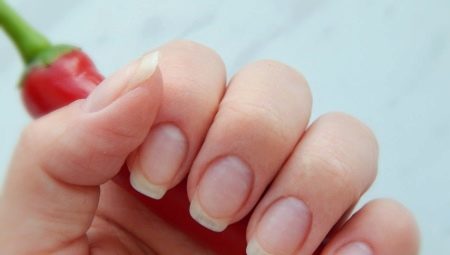Nails are a special part of the human body. The structure of this anatomical part is quite complex.
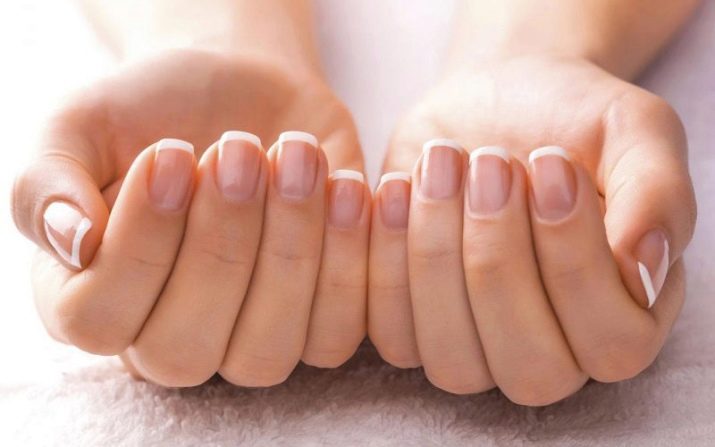
What are nails?
Nail plates are part of the skin of the human body. They are not skin in their structure, but also perform a number of specific functions. Doctors say that the nail plates belong to the appendages of the skin. Nails are relatively dense plates, which are usually rounded in shape, covering the distal phalanges of the fingers.
Each person has his own unique physiological characteristics of nails.
In some people, the nails have a rounded shape, others are owners of almost square nail plates. Even the density of the nail plates is different. This indicator is determined by many factors, including genetic. In some people, the nails remain strong for a long time and rarely break, in others they often crumble and break off.
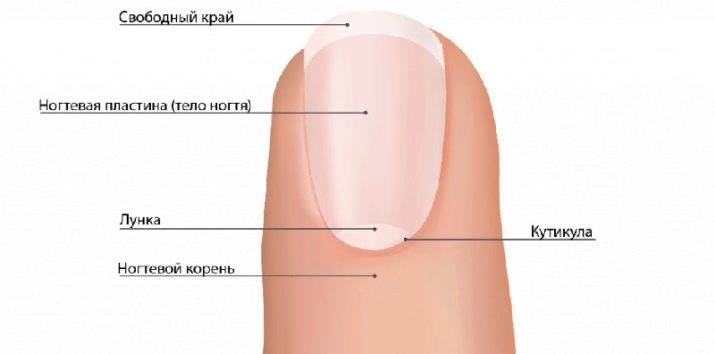
Structure diagram
At first glance, it may seem that the anatomical structure of the nail is quite simple, but this is not so. Nail plates, located both on the hands and on the legs of a person, are quite complicated. Several anatomical entities are involved in the construction of these elements. A description of the structure of nails is given in many educational medical manuals. Understanding the “structure” of the nail plates helps to understand how and at what rate they grow. And also the structure of this part of the body is important in determining various pathologies associated with a violation of the appearance of nails.
The nail plate is tightly attached to the distal phalanx of the finger. It has several edges.The lower edge of the nail ends with a skin roller called a cuticle. This anatomical element is formed by epithelial cells. They are constantly updated.
A healthy cuticle should not have any damage. Injuries to this area can cause burrs to appear near the nail plates.
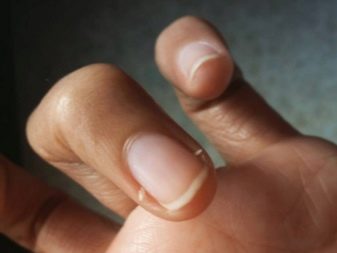
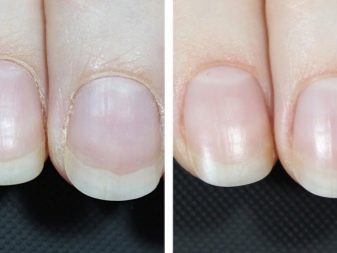
The nail bed is an important anatomical element of any nail. It is at his expense that the blood supply and innervation of the nail plate take place. Any damage to this area contributes to the fact that the nails begin to grow more slowly, and their appearance changes significantly. The nail has several anatomical units. One of them is the root. It is partially hidden by skin rolls (cuticle). It is this part that affects how the nail plate grows in length.
A small portion of the root of the nail can be seen. It is called a lunula. This area looks like a white strip at the bottom of the nail plate. The size and shape of the lunula is individual for each person. However, on average, a lunula does not exceed 1/3 of the entire nail plate. The color of a healthy lunula is white.
If its color changes, then this, as a rule, indicates that some changes are occurring in the body.
Some people have rather large lunulas: for example, athletes or people who work by physical labor.
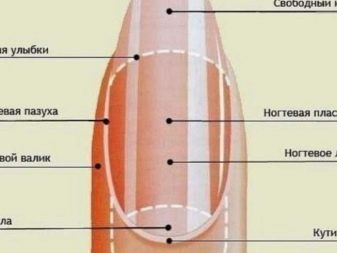
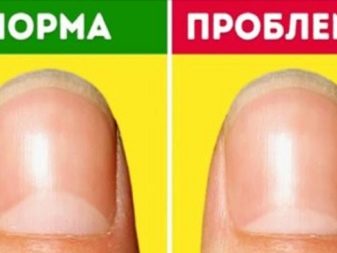
The nail matrix is an important area of any nail. It is represented by actively dividing cells. It is this area that is responsible for how intensively the nail grows. Damage to the matrix is very dangerous. If this area is damaged (for example, during a manicure or pedicure), then in the future you may encounter the appearance of severe fragility of nails and their slow growth.
Onychoblasts are important cells that are involved in the formation of the nail. These cells are characterized by the fact that they actively divide. Active work of onychoblasts leads to the fact that the nail plate begins to lengthen. The work of these cellular elements depends on how well the blood supply to the nail bed. The nail plate consists of several layers of epithelial cells. They are constantly updated. Such an update is a vital process. Thanks to this biological process, the nail plate is constantly growing. If this process is violated for some reason, this leads to the fact that the nail plates change their appearance or begin to break down severely.
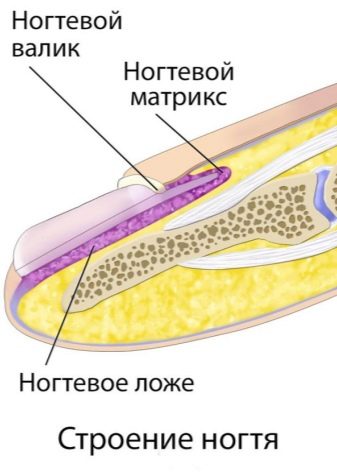
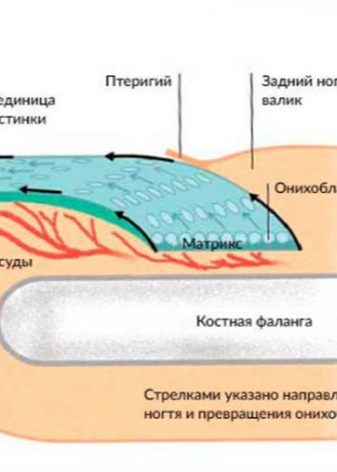
The free edge is the distal part of any nail plate. When a manicure or pedicure is done, the main work is done with this area. The free edge of the nail plate has neither nerve endings, nor blood vessels. That is why during filed with a nail file in this zone there is no bleeding and discomfort. Another part of the nail that is sometimes forgotten is the sinuses. This is the place where the nail plate is in contact with the skin rolls. Handle sinuses during a manicure or pedicure should be careful. Careless handling of this area can be dangerous because it can cause infection. Sinuses should be treated only with a tool that has been previously disinfected.
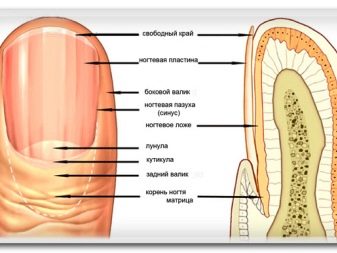
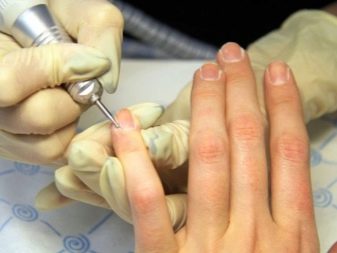
What are they made of?
The chemical composition of the nail is just as complicated as the anatomical one. The main structural element of any nail plate is keratin. This component relates to protein substances.
Interestingly, keratin is found not only in the nail plates, but also, for example, in the hair.
Many manufacturers add keratin to hair care products (shampoos, conditioners and masks).
Keratin provides nail strength. The special structure of keratin molecules determines the special strength of this component. To build one protein molecule, several amino acids are used that contain sulfur in their composition.These components through special chemical bonds are interconnected, which ensures the strength of keratin. Biologists note that this protein substance in its strength is second only to chitin - the integumentary element of insects.
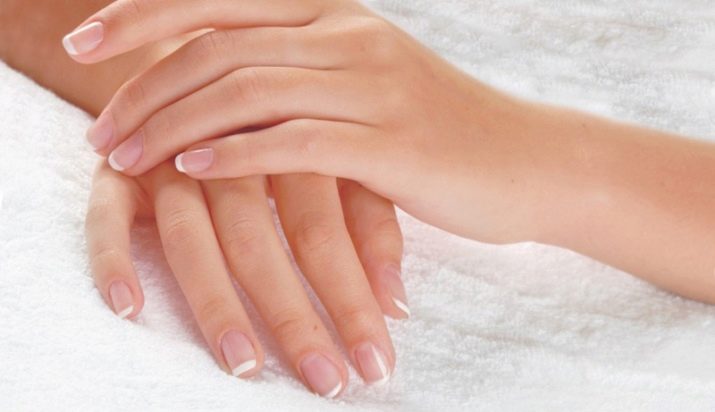
Nail plates also contain other elements. So, they contain fats. These substances provide the appearance of the nail plates. It is because of the lipid components that the nail plates look shiny. Water is also contained in the nail plates. Many minerals were found in the nails. The strength of the nail plates is due to the presence of calcium, zinc, chromium and other mineral compounds in them. If these minerals are insufficiently supplied to the body due to an unbalanced diet or the presence of chronic diseases, this can cause problems with the nails.
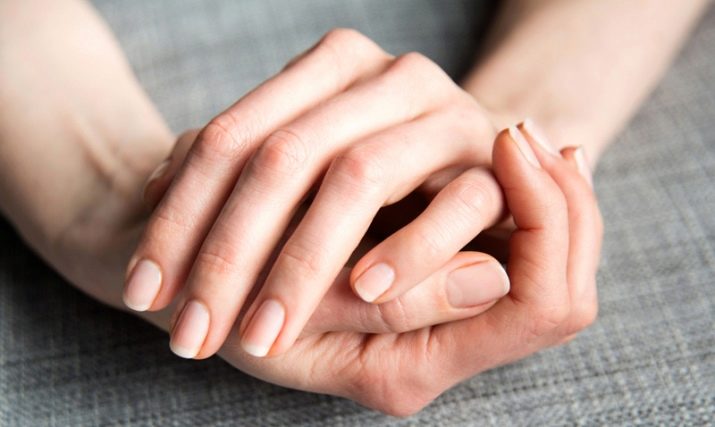
Functions
Nail is an important part of any organism. These plates protect various microorganisms from entering the internal environment. And also the protective function of nails is that they are a kind of obstacle for various chemicals to enter the body. Protect nails and from the effects of temperatures on the distal parts of the fingers. And also these dense plates protect the nerve endings from exposure to various factors. This feature was carefully invented by nature to protect the nervous system from various injuries.
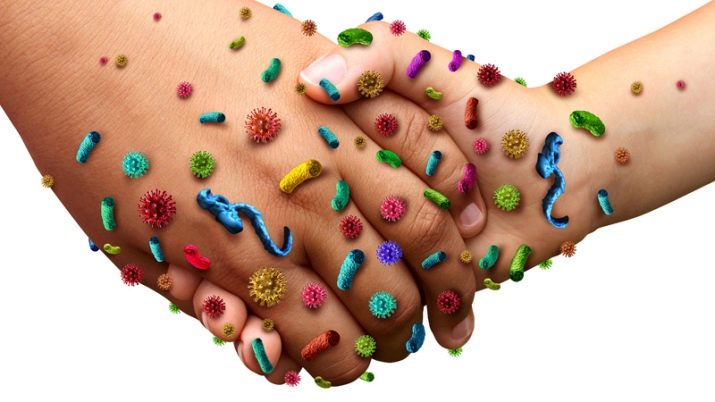
Nail diseases
Healthy nail plates have a characteristic appearance. Their color is pale pink with a white moon. The skin rollers that surround the nail plate do not differ in color from other integuments.
If the appearance of the nails changes, then this indicates that some disturbances are occurring in the body.
The color of the nail may change. Yellowing of the nails quite often occurs due to diseases of the liver and gall bladder. And also to such a specific change in the nail can lead to biliary dyskinesia, which occurs with the development of stagnation of bile.
Nails also turn yellow due to fungal infection. Nail fungus can lead to deterioration of the condition of nails: they become more brittle and crumble easily. Damage usually starts from the free edge. With the running course of a fungal infection, the fungus affects almost the entire nail plate and even the matrix of the nail. If the root of the nail is damaged, this can lead to the fact that in the future its growth will be disturbed. Strong nail foliation is another common problem that people turn to dermatologists. In some cases, this problem is so significant that it causes severe discomfort. If the nails are very flaky, it can be difficult to grow them.
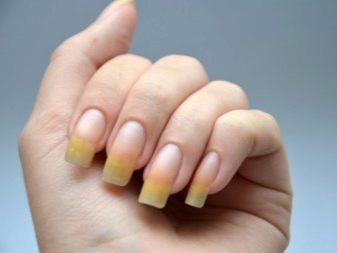
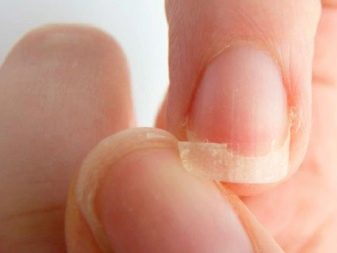
On healthy nail plates should not be any dashes and stripes. If they appear for no particular reason, then this indicates that some specific changes are occurring in the body. So, the appearance of numerous white horizontal stripes usually indicates that the body is in great need of vitamins (for example, B12) or some minerals (calcium, zinc). Deep furrows may appear on the nails. Their depth may be different. If such deep furrows appeared on several nails at once, then this may indicate the presence of diseases of the liver, kidneys and even intestines. Chronic pathologies of the heart and blood vessels can also lead to the appearance of such disorders.
Any change in the appearance of the nails should be a warning symptom.
If the nails did not change due to injury, then in this case, you should definitely consult a doctor. In such a situation, a comprehensive examination of the body is required.
After a series of tests and medical tests, it will be possible to determine the real cause that led to such violations.
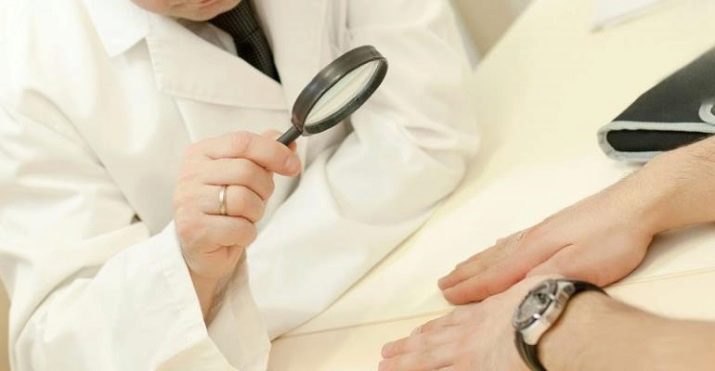
Care tips and manicure basics
Beautiful nails are a reason for pride.To make the nail plates look beautiful, you need to take care of them. You need to wash your hands with a mild soap. It is advisable to choose cosmetic products that do not contain dangerous and aggressive components. This will help prevent the development of excess dryness.
A dry cuticle must be moistened. To do this, you can use various moisturizers.
Modern manufacturers of cosmetic products produce many such products. Cuticle moisturizing creams have a rather oily consistency and nourish this tender part well. And also for the care of cuticles, you can use various oils.
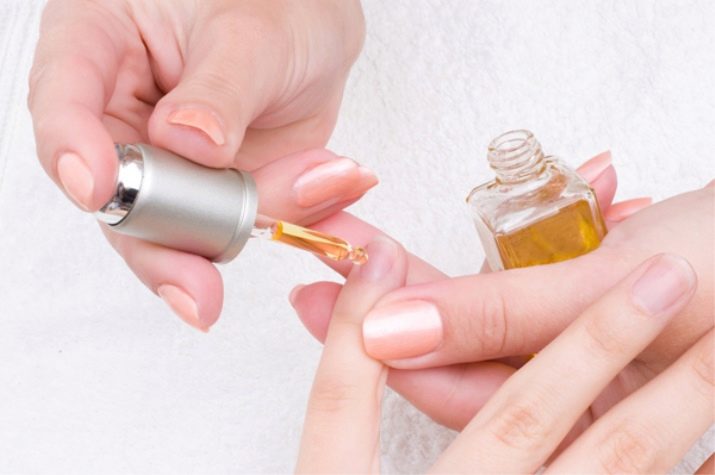
Manicure is an important procedure for the care of nail plates. It can be done both independently and in a beauty salon. At home, manicure should only be performed with tools that have been thoroughly disinfected. If manicure is carried out in the salon, then an experienced specialist should conduct it. Before carrying out such a procedure, you should definitely ask the master how he processed the tools for processing nails.
For more information on the anatomy of the nail plate, see the video below.
